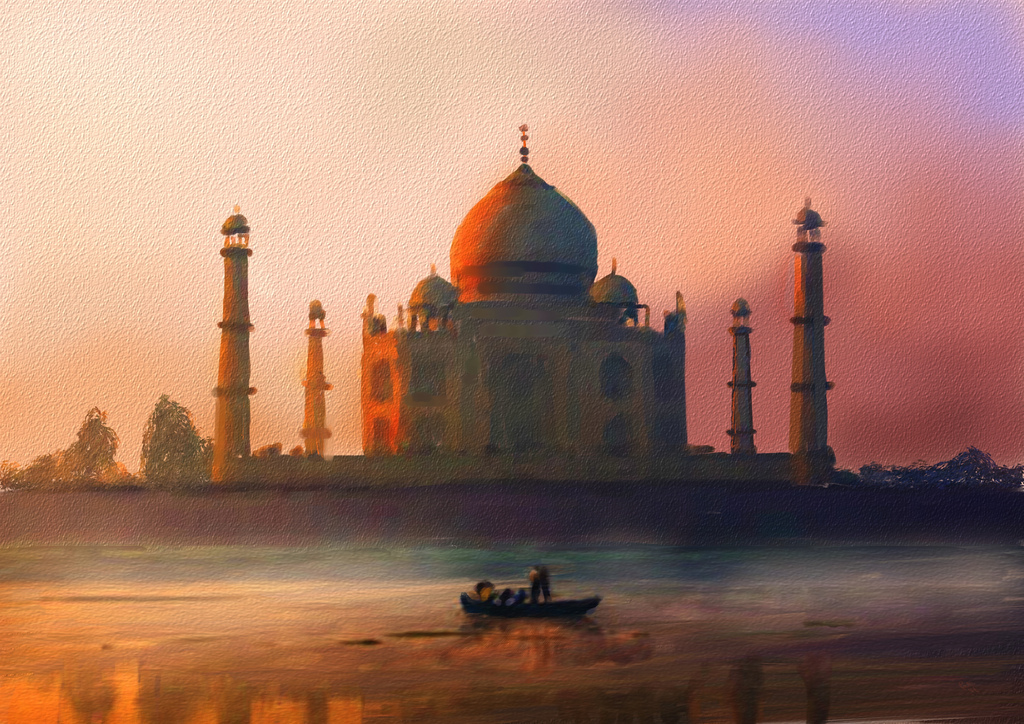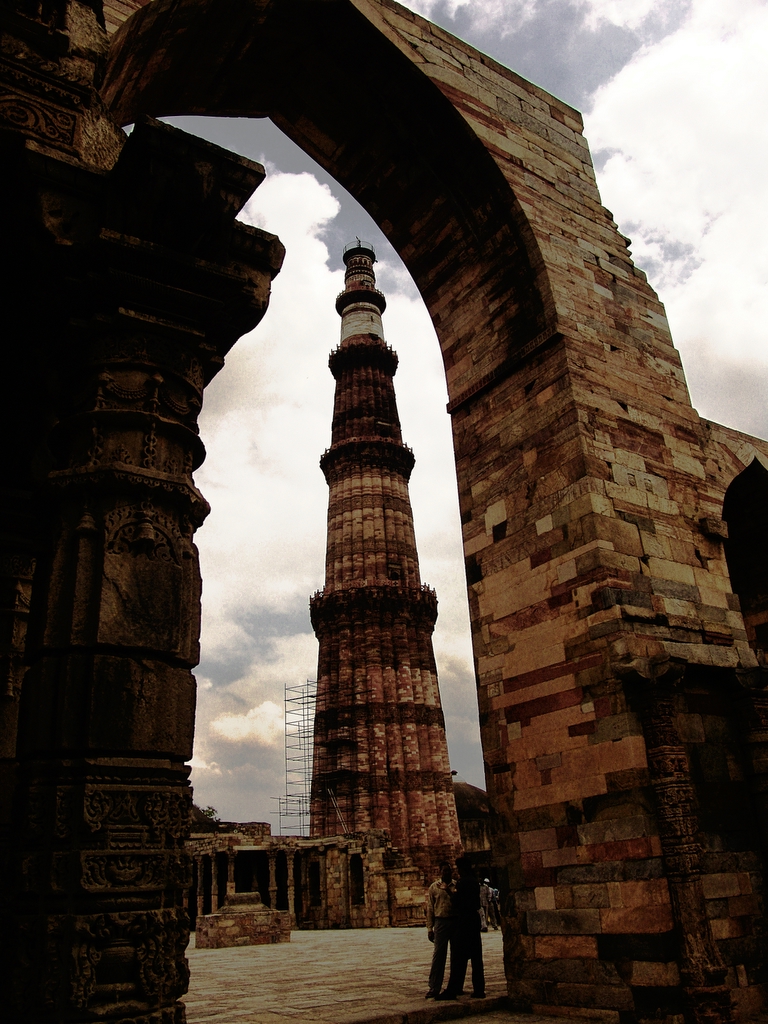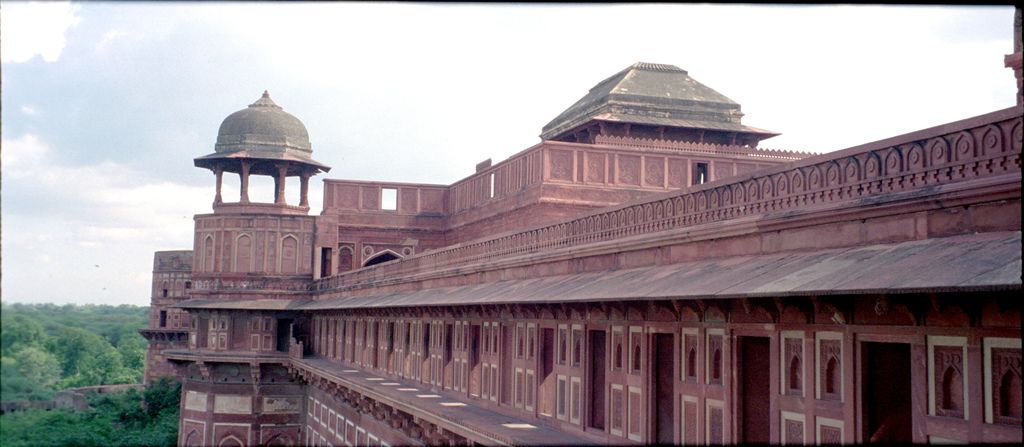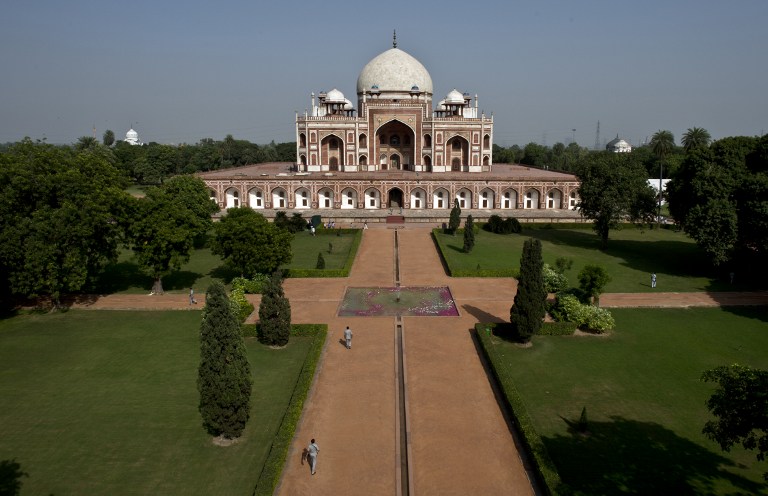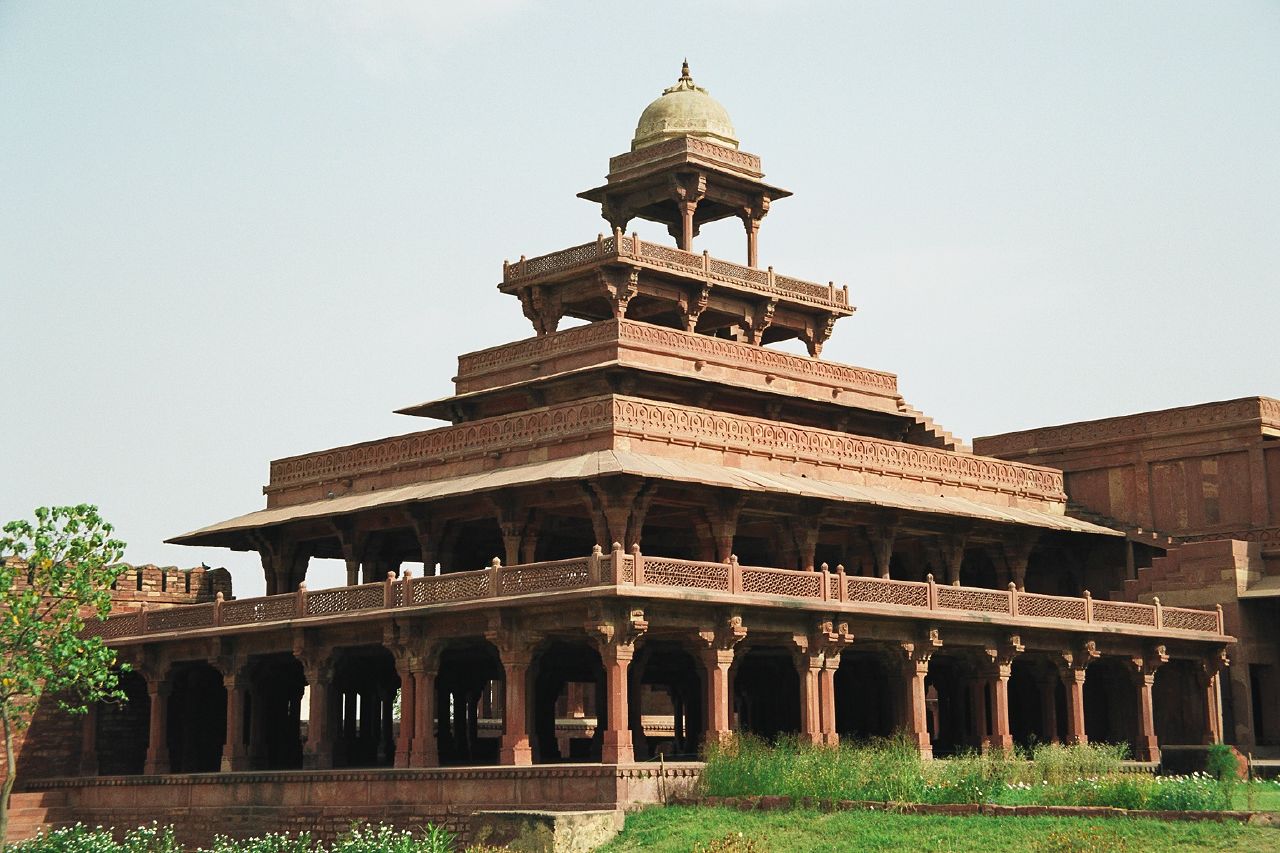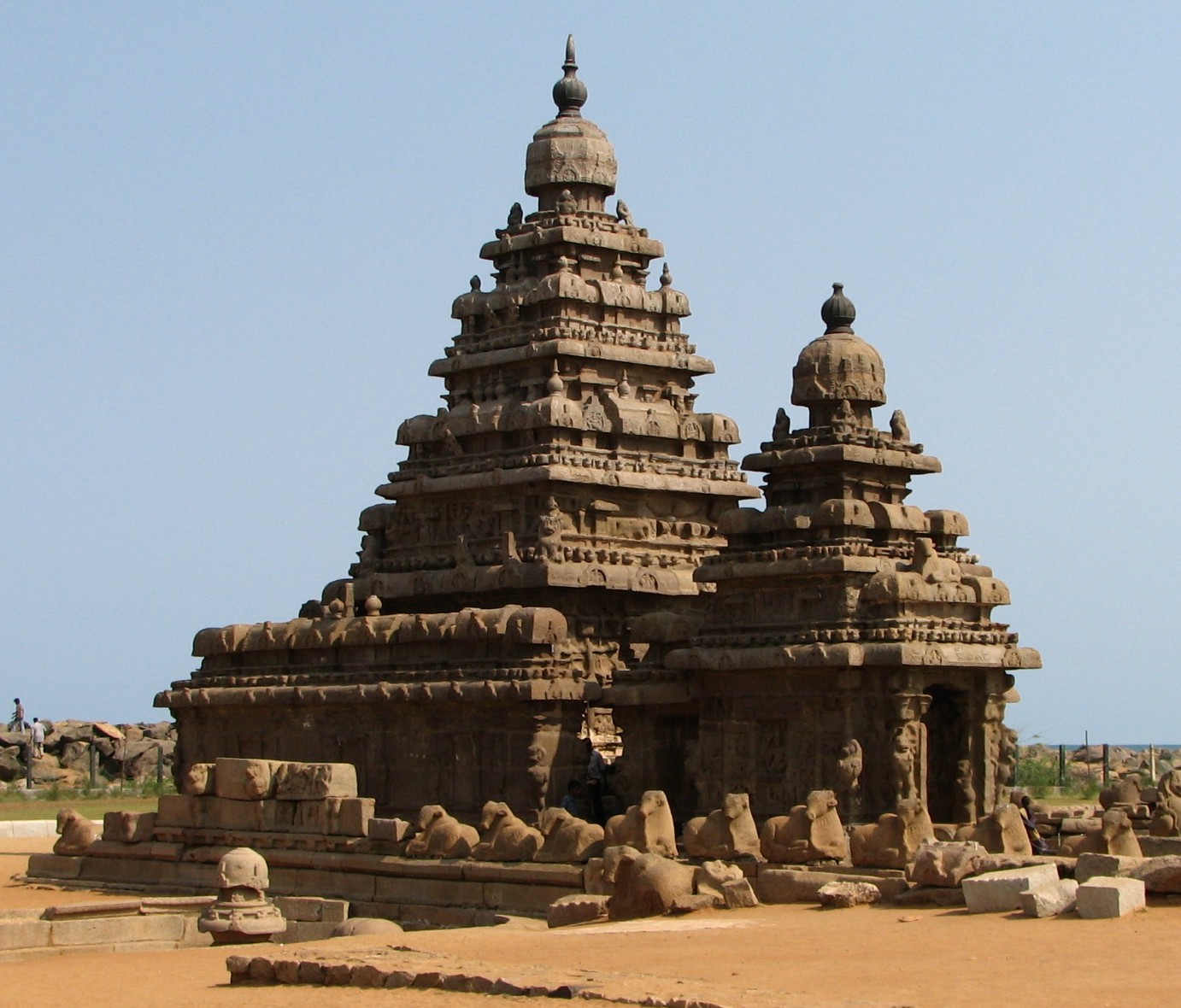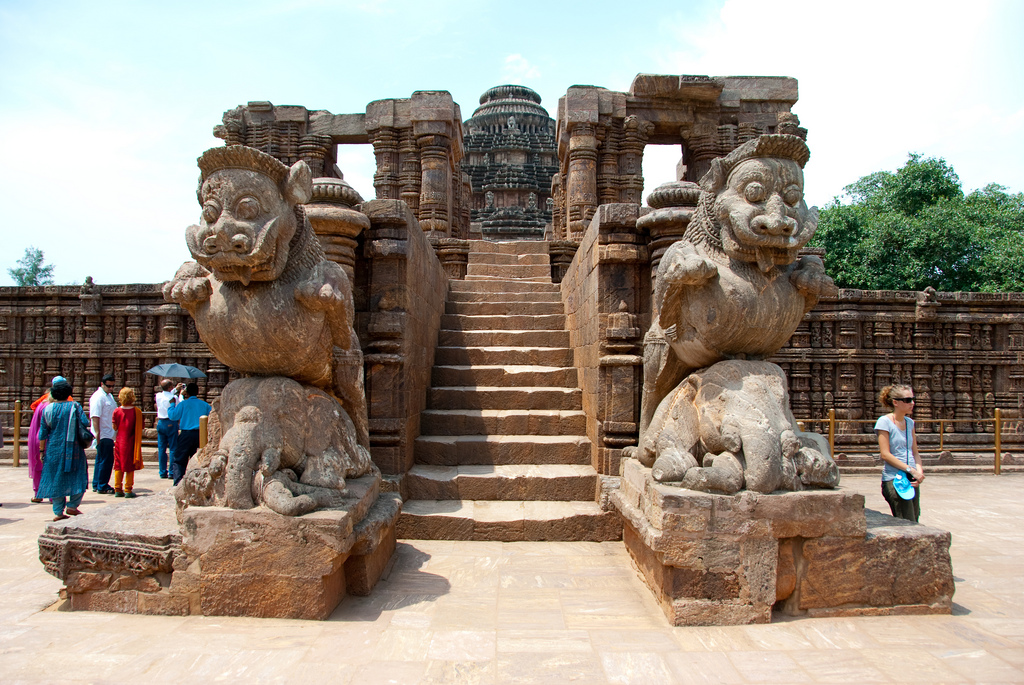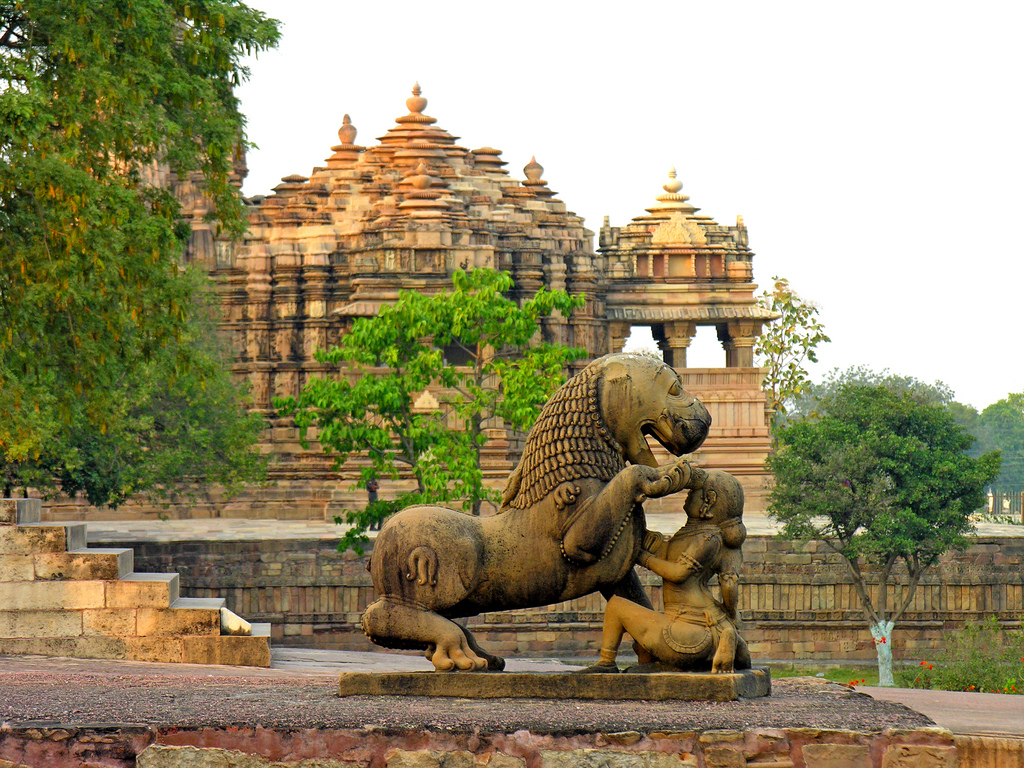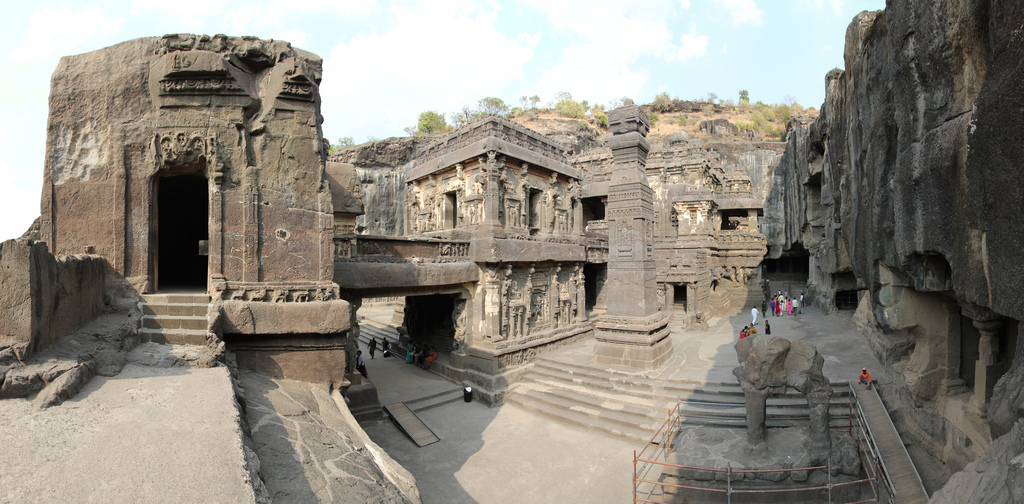Ajay Sura, TNN | Aug 3, 2014, 01.04PM IST
CHANDIGARH: Long after an officer retires, or even expires, he is still known by his rank.
Supporting the view that 'the rank never retires, the officer does, the Army has issued instructions that aim to immortalize the rank.
With a view to remove any confusion among the retired Army personnel regarding the use of word 'retired', the Army headquarters has clarified that instead of prefixing the word 'Retd.' to an officer's name, now his address would have the suffix 'Retd.'
Supporting the view that 'the rank never retires, the officer does, the Army has issued instructions that aim to immortalize the rank.
With a view to remove any confusion among the retired Army personnel regarding the use of word 'retired', the Army headquarters has clarified that instead of prefixing the word 'Retd.' to an officer's name, now his address would have the suffix 'Retd.'
"Of late it has been observed that retired officers are mentioning the word 'Retd' after their rank which is incorrect. Ranks of service officers are granted by the President of India and valid not only during their lifetime but also after their demise. The privilege is only given to service officers," read the circular issued by the directorate general of staff duties department of Army General Service (GS) branch.
The circular, issued on July 21 by the Army has informed all the officers, "the correct form of mentioning Retd is Brigadier ABC (Retd) not Brig (Retd) ABC".
The letter issued by Colonel J S Bindra, director staff duties-I on behalf of deputy chief of Army staff has been issued for circulation on the places, which are largely visited by the ex-servicemen so that they can start the new practice.

A file photo of soldiers displaying their combat skills during the Army Day parade in New Delhi (TOI photo)
The Army officers are entitled to retain their rank before their name by virtue of Article 18 of the Constitution, according to which the military ranks can be retained and used by the military personnel with their name.
According to veteran soldiers, it is for the first time that the Army authorities have issued such ccircular regarding the usage of the word 'retired'.
War veteran and one of the founders of Army's special forces, Col K D Pathak (Retd) said that circular would certainly remove confusion among the veterans. "Rank never retires, it is an officer that retires. The army should have issued such circulars much earlier," says the veteran soldier.
Former commander of Army's Northern and Central commands, Lt Gen H S Panag (Retd) said that it was a contentious issue among the retired officer about the proper way of using the work retired and circular would certainly remove the confusion.
However, eminent veteran and former Army Commander Western Command, Lt Gen P N Hoon (Retd) is of the view that the word retired should not be used by the officers either prefix or suffix.
"Rank is earned by an officer and like the civilian awardees of Padam Bhushan do not write retired after the honour, why should Army officers write retired after their rank or name," Hoon added.
The circular, issued on July 21 by the Army has informed all the officers, "the correct form of mentioning Retd is Brigadier ABC (Retd) not Brig (Retd) ABC".
The letter issued by Colonel J S Bindra, director staff duties-I on behalf of deputy chief of Army staff has been issued for circulation on the places, which are largely visited by the ex-servicemen so that they can start the new practice.
A file photo of soldiers displaying their combat skills during the Army Day parade in New Delhi (TOI photo)
The Army officers are entitled to retain their rank before their name by virtue of Article 18 of the Constitution, according to which the military ranks can be retained and used by the military personnel with their name.
According to veteran soldiers, it is for the first time that the Army authorities have issued such ccircular regarding the usage of the word 'retired'.
War veteran and one of the founders of Army's special forces, Col K D Pathak (Retd) said that circular would certainly remove confusion among the veterans. "Rank never retires, it is an officer that retires. The army should have issued such circulars much earlier," says the veteran soldier.
Former commander of Army's Northern and Central commands, Lt Gen H S Panag (Retd) said that it was a contentious issue among the retired officer about the proper way of using the work retired and circular would certainly remove the confusion.
However, eminent veteran and former Army Commander Western Command, Lt Gen P N Hoon (Retd) is of the view that the word retired should not be used by the officers either prefix or suffix.
"Rank is earned by an officer and like the civilian awardees of Padam Bhushan do not write retired after the honour, why should Army officers write retired after their rank or name," Hoon added.

